Cauliflower (Brassica oleracea var. botrytis) is a cruciferous vegetable in the genus Brassica. Cauliflower is a good source of choline; it’s high in fiber and can aid weight loss. It grows best in cool temperatures in USDA Hardiness Zones 2 to 11.
Cauliflower is a cold-weather crop that’s fussy about its growing environment. It is also a favorite delicacy for harmful pests.
30 Cauliflower Companion Plants
Good companion plants can improve the overall health of your cauliflower plants since most of them attract pollinators, provide shade, deter pests, and improve soil conditions.
1. Beets
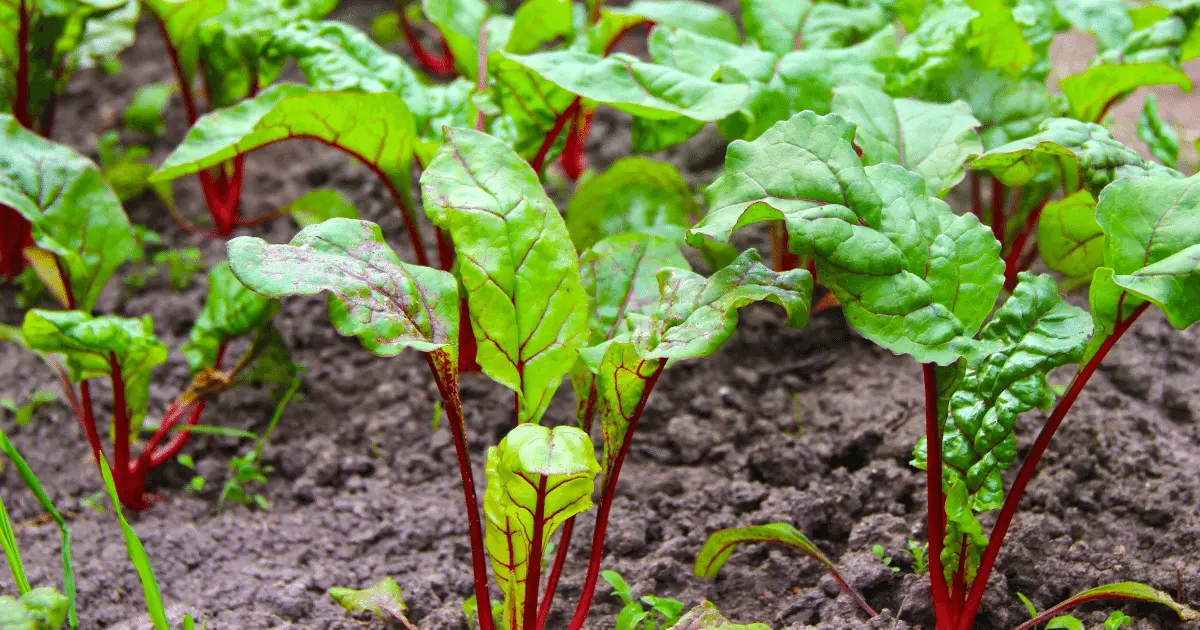
Beets share similar watering needs as cauliflower which makes them good companion plants. They also take up little space and can be planted between the heads of your cauliflowers’ beds.
By planting these plants together, you can take advantage of their strength and make your garden more productive. On the other hand, cauliflower aids beets’ growth, enriches the soil with nutrients, and helps your beets grow properly.
2. Brussels Sprouts
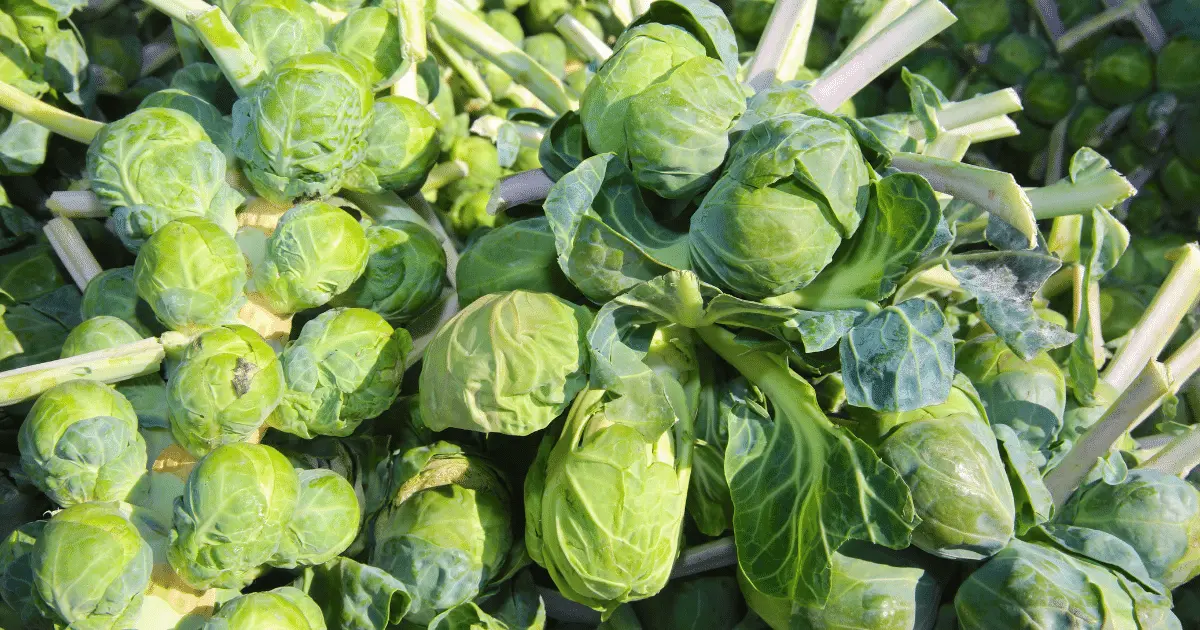
Brussels sprouts are an excellent season cole crop related to broccoli, cabbage, and cauliflower. Brussels belongs to the brassica family and will do well when planted side by side with cauliflower plants because they enjoy similar nutritional, water, and light requirements.
3. Chard

Chard is a leafy vegetable that belongs to the Chenopodiaceae family, including beets and spinach. It is also an excellent source of vitamins A, C, and K. Chard and cauliflower are both cool-season vegetables that can be planted together.
When grown together, chard will help keep the soil moist around the cauliflower roots, and its leaves will also help to deter pests and diseases from attacking the cauliflower plants. Apart from this, chard provides a good ground cover and creates a friendly space in your garden.
4. Spinach
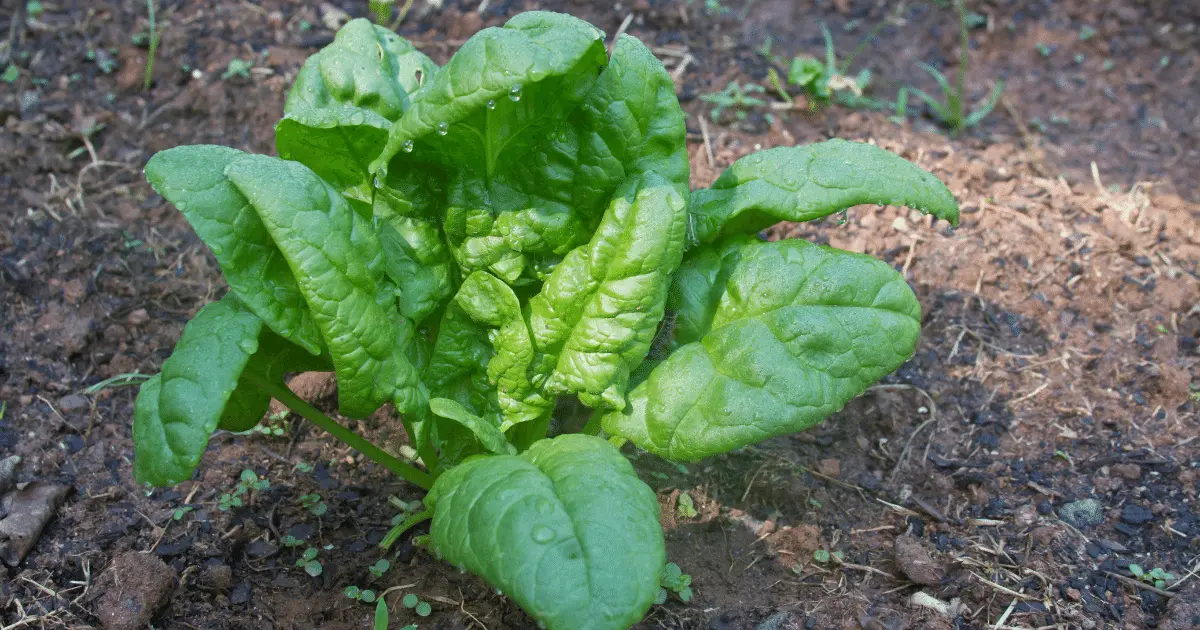
One of the many benefits of planting spinach with cauliflower is that you can make the most of your space. Another benefit is that you won’t have to worry about any form of below-ground rivalry since these two plants have separate root zones and demand different nutrients. Spinach is a cool-season crop, and interplanting with cauliflower has resulted in higher yields for both.
5. Cucumber

The cucumber is a type of vine plant belonging to the brassica family, and it is closely related to squash, melons, and pumpkins. Cucumbers and cauliflower are excellent companions since cucumbers are susceptible to pests and diseases, so having another plant nearby can keep them healthy.
Also, cauliflower is a heavy feeder and can greatly benefit from the extra nutrients cucumbers provide. Cucumber contains a compound known as cucurbitacin that stops the growth of fungal diseases.
6. Radish

Radish is a cool annual season germinating in 3-4 days with 18 to 30 C soil temperatures. The minimum temperature for germination is 5 C, while the optimum temperature for germination is 30 C.
Planting radishes on the outside edge of your cauliflower plants can help loosen the soil and deter pests. Radishes can also be used as traps or sacrificial crops to protect your cauliflower.
7. Culinary Sage
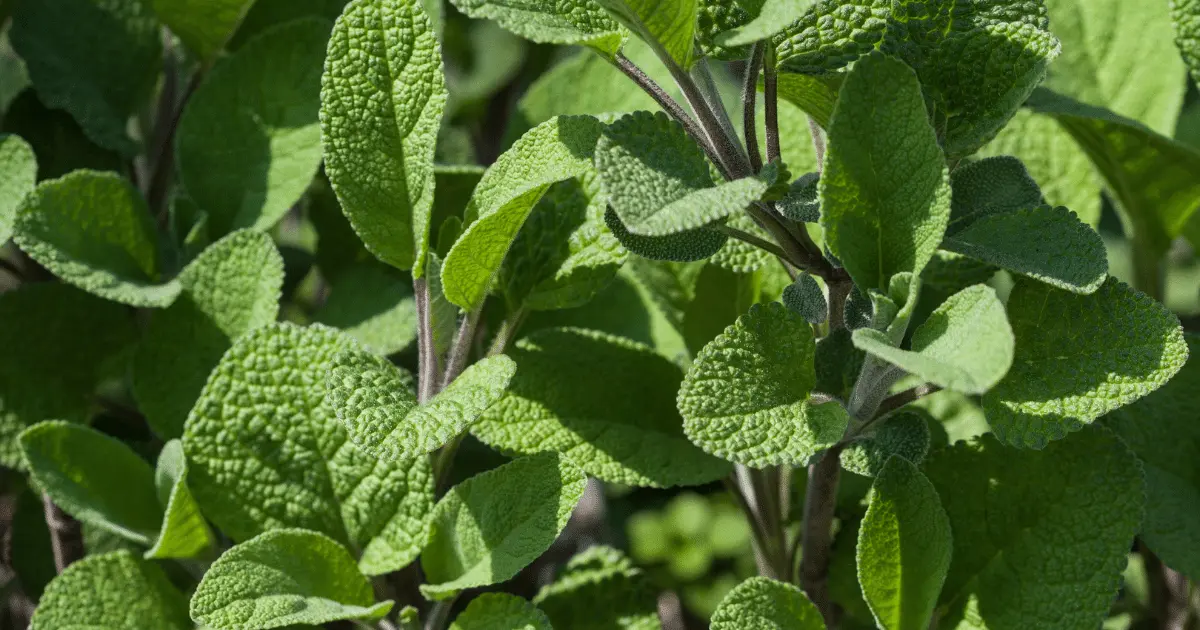
Sage’s use as a culinary herb has facilitated its spread into many countries. Now, it is cultivated worldwide for its dried leaves and used as raw materials for medicine, perfumery, and food industries. They are herbaceous evergreens that usually have mauve-blue to lilac-purple flowers in midsummer.
Its earthy fragrance deters pests, while its light blue blossoms attract beneficial pollinators like tiny parasitoid wasps and hoverflies. Culinary sage will never compete with cauliflower for water as the plant prefers dry to medium moisture conditions.
Planting and growing sage near your cauliflower plants will attract bees, butterflies, and other beneficial pollinators that will prey on caterpillars and aphids. At the same time, sage’s strong scent will deter some of the pests that attack cauliflower.
8. Thyme

Thyme has a strong aroma that hides the scent of cauliflower pests and tricks garden pests. Thyme will also attract beneficial pollinators to the garden, keep weeds at bay and keep plant roots cool to prevent bolting. Thyme does not need as much water as cauliflower, so it will not compete with it.
9. Dill

Dill is an aromatic herb that serves as an excellent companion for cauliflower. Dill’s tiny yellow flowers attract beneficial insects such as pollinators, bees, and butterflies, which eat pests like aphids and parasitic wasps that feed on cauliflower. Dill and cauliflower have similar soil and care requirements making them a lovely pair.
10. Garlic

Garlic is one of the best companion plants for cauliflower. It has an intense aroma that masks the scent of your cauliflower plants. The bulbs also produce an antifungal compound that helps to strengthen soil-borne fungi resistance in surrounding plants.
Garlic has an antifungal sulfur compound and then releases into the soil. The compound prevents diseases like fusarium wilt, root, and stem root.
11. Hyssop
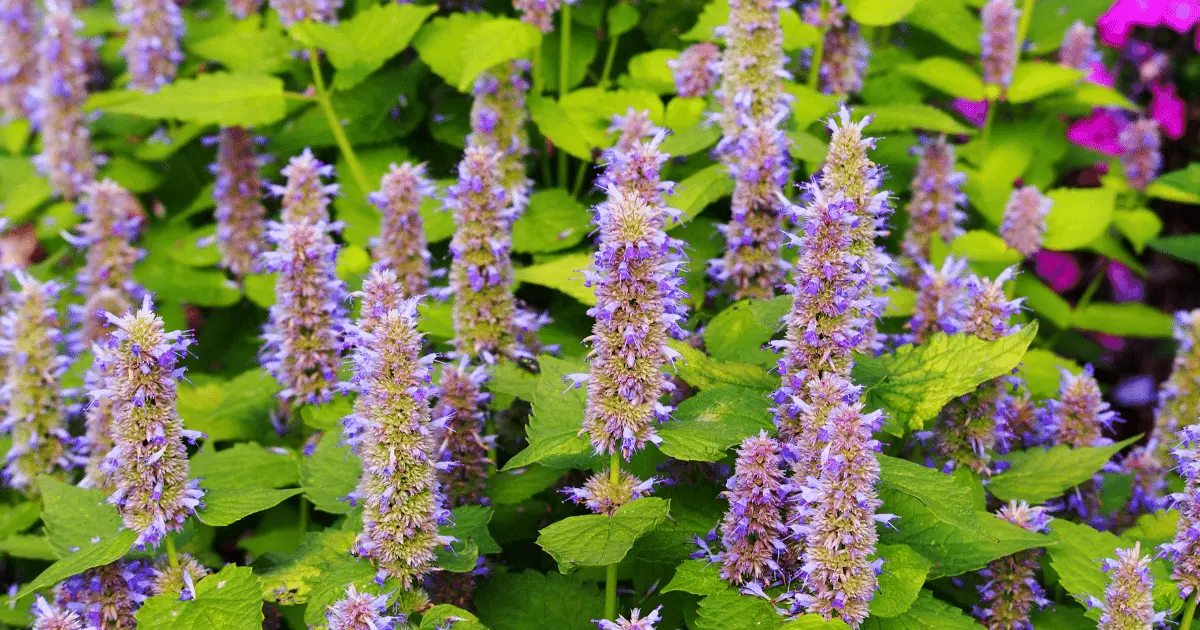
With its tall spikes of beautiful flowers, hyssop attracts beneficial pollinators to the garden. It is an excellent companion plant for cauliflower because it deters pests like cabbage moths and flea beetles. Hyssop and cauliflower have different requirements, so there will be little to no competition between the crops.
12. Marigold

Marigold beautiful flowers add a bright color to your garden and their odor. The spicy scent of marigolds works well to deter brassica pests and mammals like rabbits, deer, and moles. Marigold flowers also attract beneficial insects to aid pollination.
13. Nasturtium
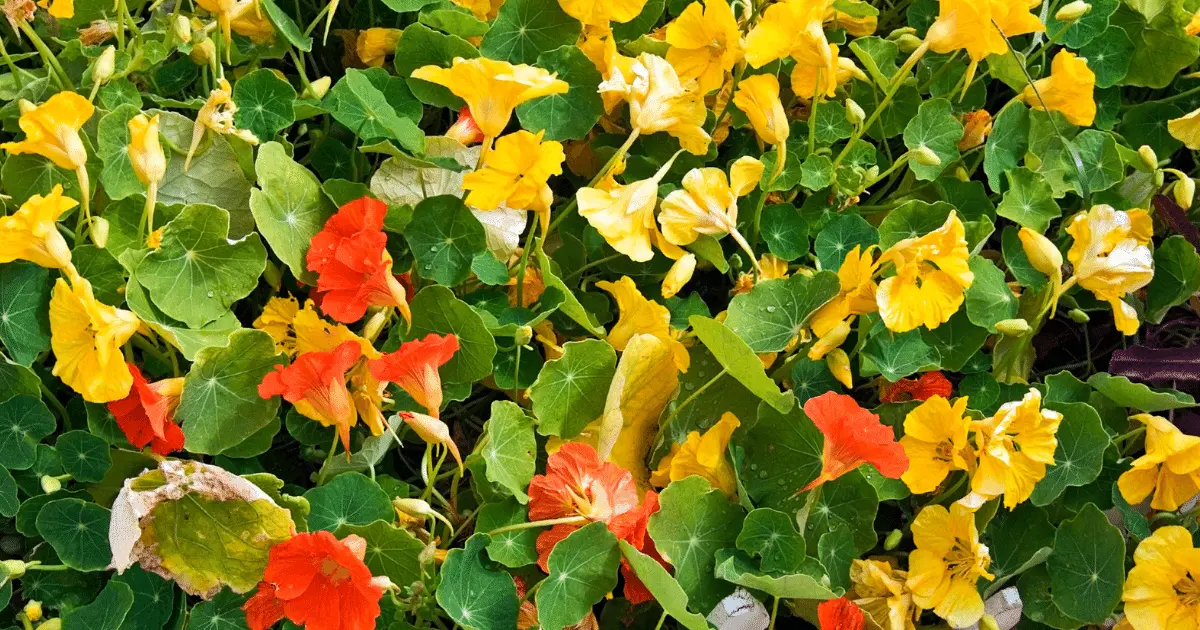
Nasturtiums will help repel insects that will harm your cauliflower plants. The beautiful flowers attract beneficial insects like parasitic wasps, ladybugs, lacewings, and hoverflies.
Grow marigolds in the garden because their odor adds a shield of protection for cauliflower. Nasturtiums do not take up too many nutrients and will not compete with your cauliflower plants.
14. Onions
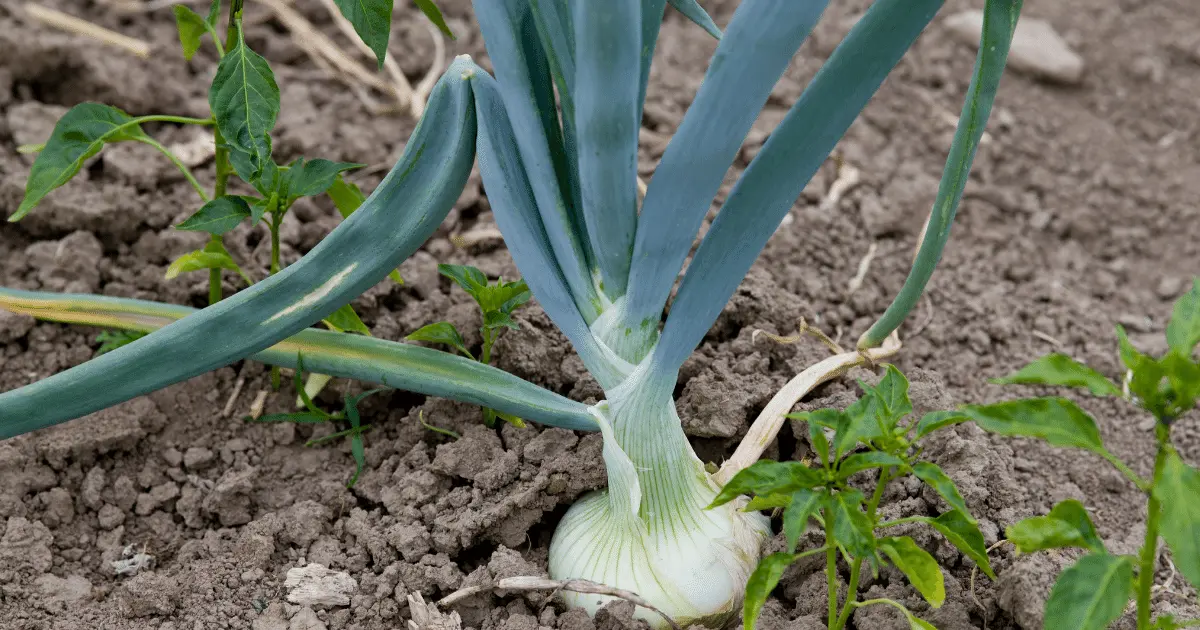
Onions make an excellent cauliflower companion plant as they can help improve the taste of your cauliflowers. Onions are light feeders and do not compete for nutrients in the soil, and they also do not compete for moisture and repel a wide range of pesky insects like caterpillars and aphids that feed on cauliflower. Adding to that, onions help to disguise the cauliflower due to their intense aroma.
You might want to check out: 20 Onion Companion Plants
15. Peppermint

Peppermint is a hybrid specie of mint. It has a strong sweetish odor and a warm, spicy taste with a cooling aftertaste. The leaves are used as a culinary herb, and the flowers are dried and used to flavor candy, desserts, beverages, salads, and other foods. Like other mint plants, peppermint can be an excellent companion for your cauliflower if grown in a container or pot and kept in your garden.
16. Potato

Potatoes and cauliflowers do not compete for the same nutrients, and their roots reside at different levels in the soil. They also prefer the same moisture environment making them excellent cauliflower companion plants.
17. Celery

Celery is a highly appreciated vegetable for its fiber content and nutritional value. The presence of celery benefits cauliflower plants, and the pungent smell of the celery leaves can help repel white cabbage moths from laying eggs inside the cauliflower. Although celery is a water hog, it leaves enough nutrients in the soil for your cauliflower plants.
18. Mint

Mint is an invasive plant that makes wonderful cauliflower companion plant. The strong scent of mint will help confuse and deter pests.
Mint leaves and stems can also be added to your cauliflower beds as mulch. Mints are invasive, so it’s best to plant them in a pot and place the pot beside your cauliflower.
19. Rosemary

Rosemary is one of the excellent companion plants you can add to your garden bed. The spicy aroma will help confuse pests like cabbage worms more than any other aromatic herb.
20. Chamomile

Chamomile’s aromatic flowers attract bees which will help with pollination for the rest of your garden. Chamomile is a very strong, delicate-looking plant and makes an excellent cauliflower companion plant. Plant chamomile around your cauliflower beds to deter pests like cabbage worms and aphids and improve the taste of your cauliflower.
21. Geraniums
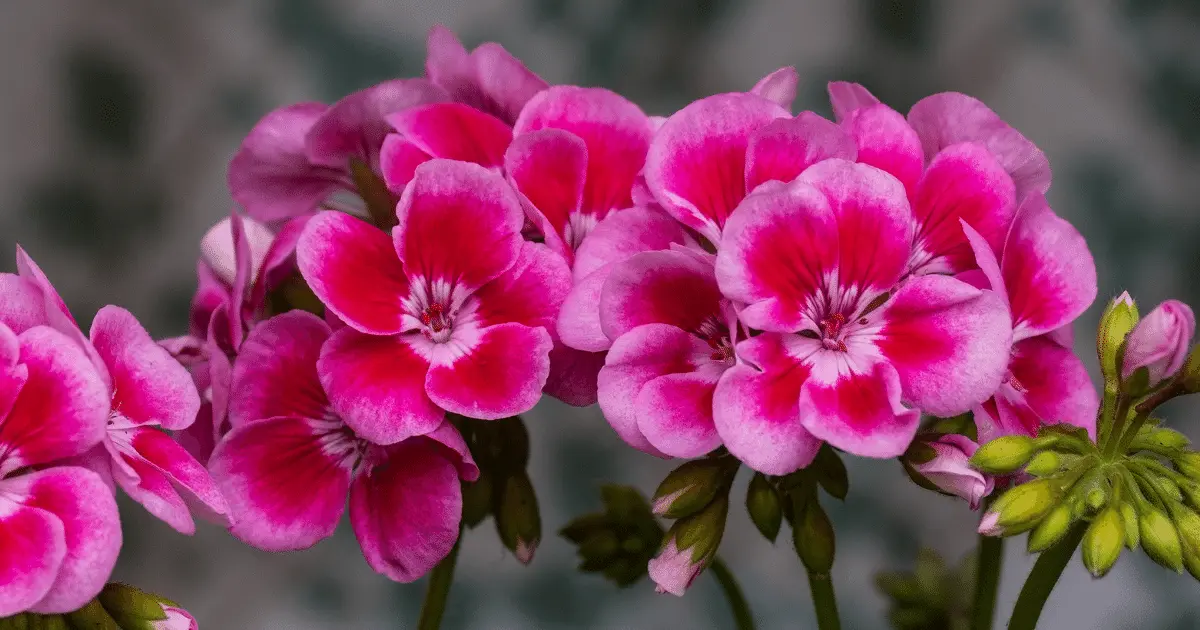
Geraniums will help repel cauliflower pests like cabbage worms and loopers, as pests do not love the spicy aroma.
22. Lettuce

If planted with cauliflower, lettuce will help to choke out weeds and keep the soil cool and moist. Lettuce will also grow exceptionally well in the shade of the big cauliflower leaves.
23. Chives

Chives are related to onions and share most of their companion plants. Chives grow well with about anything, and it is an excellent cauliflower companion plant due to its strong smell, which helps to keep pests away. The flowers attract many pollinators to the garden, and in turn, these pollinators will deter pests away from your cauliflower.
24. Beans

Beans and cauliflower are ideal for deterring pests and attracting beneficial insects. Beans offer shade to cauliflower plants and help to fix nitrogen in the soil, giving a nutrient boost.
25. Fennel
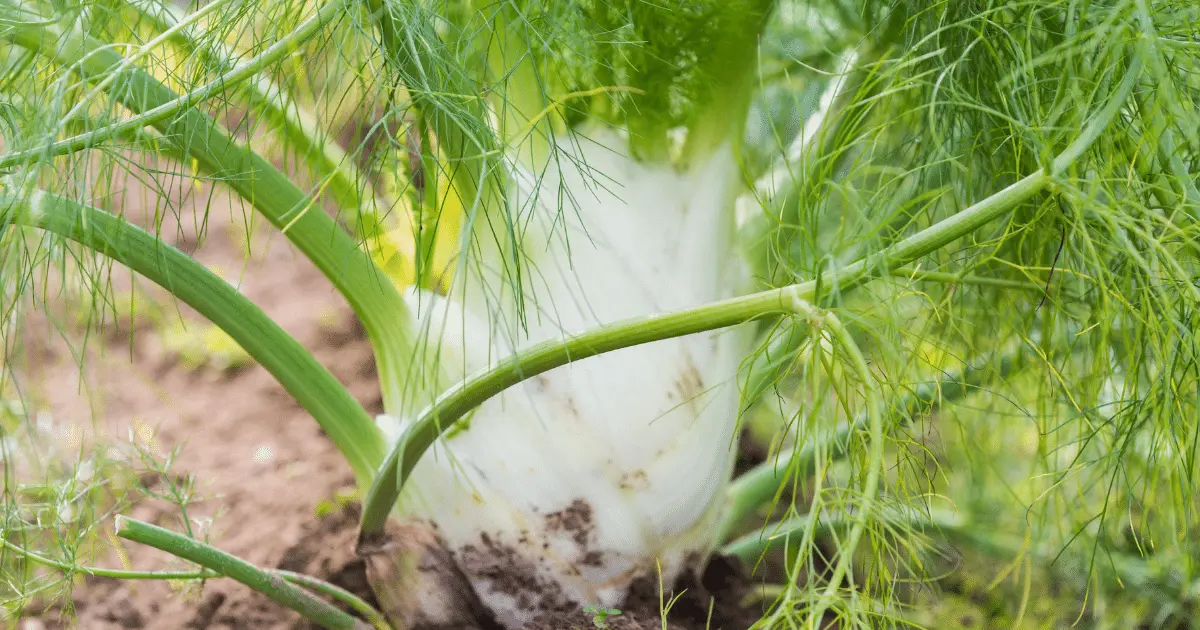
While fennel doesn’t get along with most garden vegetables, it is an excellent cauliflower companion plant. The pungent smell keeps pests away, and it doesn’t cause any harm to your cauliflower plants. Additionally, fennel beneficial pollinators to your garden and won’t compete for water and root space.
26. Rhubarb

Rhubarb, also called pieplant, is a hardy perennial with ruby or green stems planted in autumn or early spring. The stalks of rhubarb are edible and have a rich, tart flavor when cooked. Rhubarb grows well in soil amended with plenty of well-rooted manure or compost.
Aside from this, rhubarb also adds height and structure to your garden and a splash of gorgeous color all year long. When paired with cauliflower, rhubarb helps keep whiteflies and cabbage worms away.
27. Coneflower
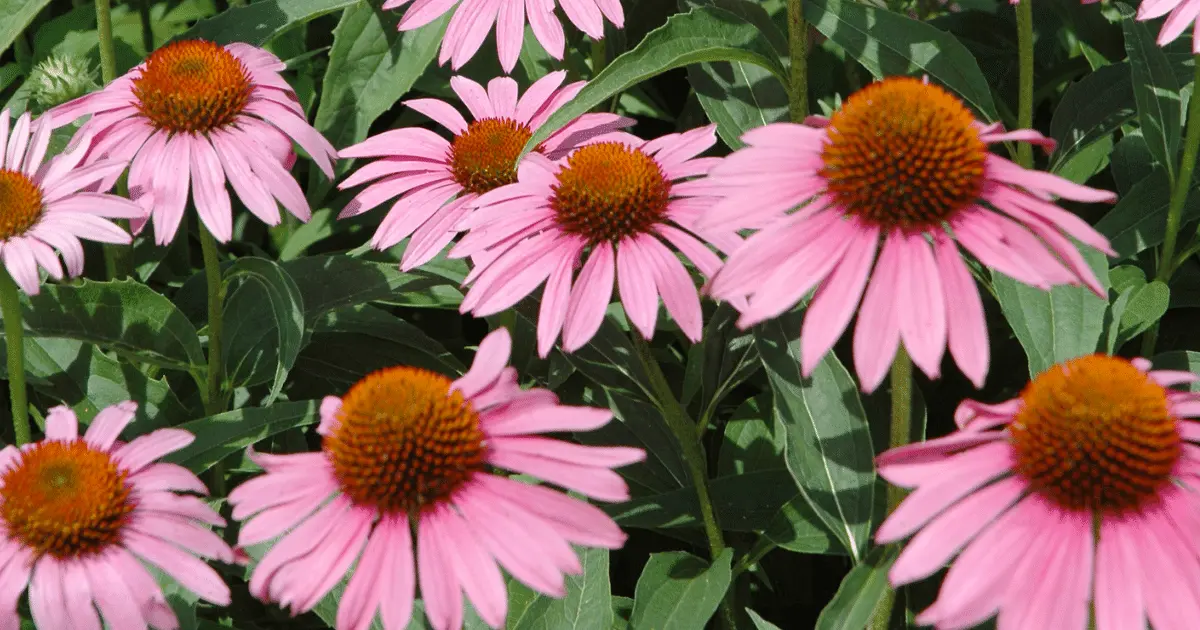
Coneflower is another cauliflower companion plant. It is a perennial wildflower with different varieties. It is a popular choice for wildflower gardens because they are true harbingers of spring. Depending on the variety you choose, cauliflower would grow about 18 inches tall in width but will spread by seed around your garden.
28. Oregano

Oregano is a perennial herb cultivated for its fragrance and appealing flavor. Oregano plants are an excellent companion to all vegetables, especially those susceptible to pets like aphids. You can grow oregano plants 8 to 10 inches apart in a sunny spot with fertile, well-drained soil with a ph of 6.5 to 7.0.
29. Parsnips

Parsnips are root vegetables that fall under the subcategory of the taproot, an elongated, straight-to-tapering plant root that grows vertically downward. Parsnips are planted in a sunny area with loose soil that drains well.
They need a long growing season, so ensure you sow seeds as soon as the soil is workable in the spring. Parsnips are excellent cauliflower companion plant because it is a good indicator of soil nutrition.
30. Basil

Basil is a culinary herb belonging to the mint family. As a cauliflower companion plant, basil attracts beneficial insects to your garden, which includes butterflies and several other insects that aids pollination. Basil also repels several harmful insects.
Bad Cauliflower Companion Plants
While the plants in the list above can be interplanted with cauliflower, the following should be grown in a separate bed to avoid any adverse effects.
1. Pumpkins
Pumpkins are not good companion plants for cauliflower because they shade the plant too much. When paired together, cauliflower does not get adequate sunlight which is important for proper growth and health.
2. Strawberries
Strawberries are not ideal for cultivation besides any plant in the Brassicaceae family. They are one of those crops that may be greatly affected or even die from being planted beside cauliflower. Strawberries also attract slugs and snails, which can eat away cauliflower leaves and inhibit their growth.
3. Tomatoes
Pairing tomatoes and cauliflower can cause harm to your tomato plant. Cauliflower contains allelochemicals, and tomatoes are not tolerant of this chemical. Tomato is a heavy feeder and needs a lot of water, nutrients and care for the best results.
4. Corn
Corn is one crop that cauliflower’s allelochemicals have detrimental effects on. Corn takes up too much sunlight when planted beside cauliflower.
5. Peas
Peas are harmful to cauliflower plants, and they stunt or slow down their growth and may even inhibit their growth entirely.
6. Cabbage
Cabbages are heavy feeders and have similar care requirements to cauliflower plants. Planting these crops together would make them suffer from similar diseases.
